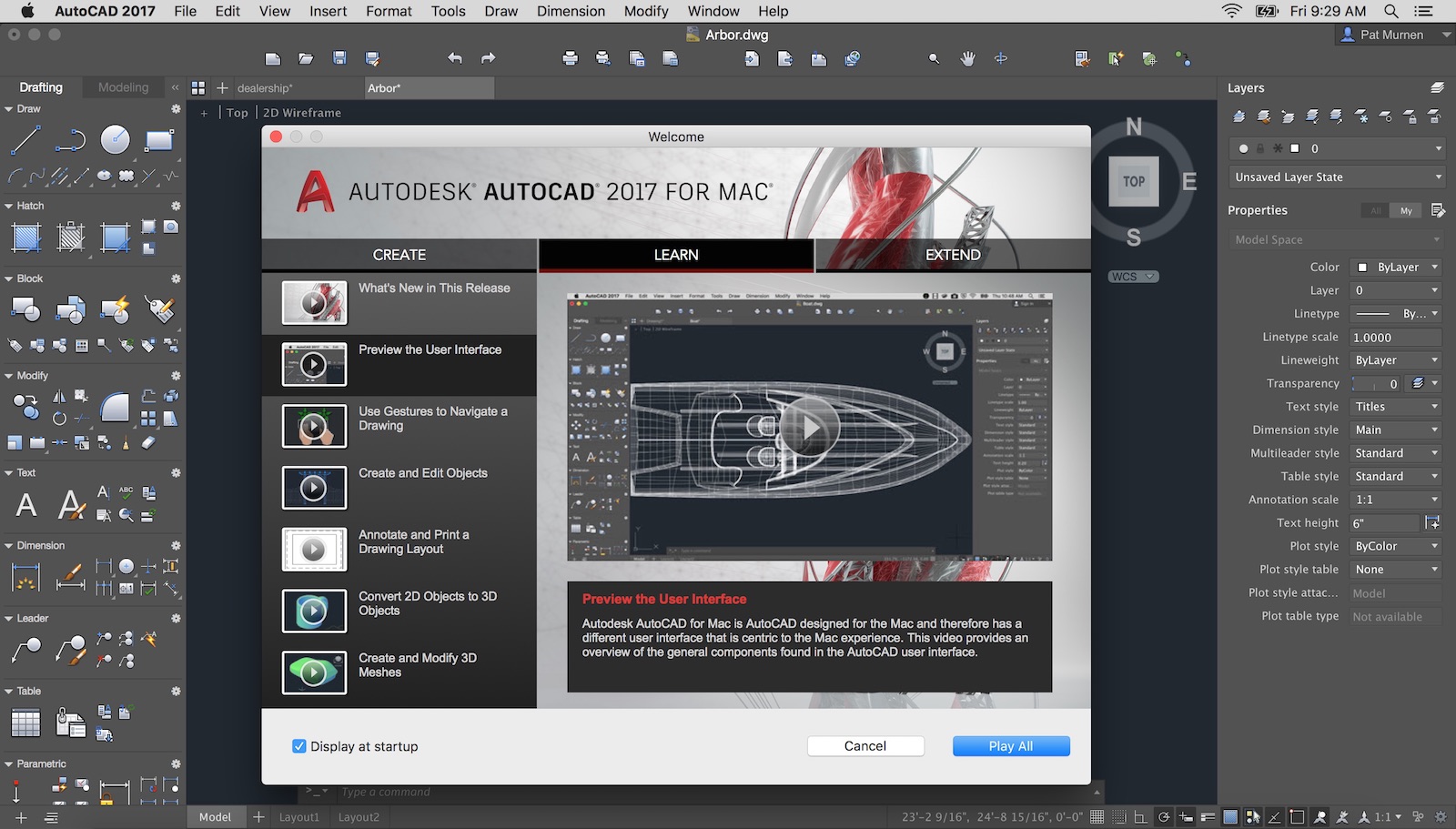Mac Or Pc For Autocad

Top rated free vpn for mac. The AutoCAD for Mac system requirements refer to a model identifier when describing the minimum or recommended Mac models to use with AutoCAD for Mac. For example: Apple Mac Pro® 4,1 or later (Mac Pro® 6,1 or later recommended).
Share • LinkedIn • Facebook • Twitter 4 Regular vs decaf. Ford vs Chevy. Everyone has their bias and at the end of the day it comes down to personal preference. The same way roads are not specific to one car brand, each user should be able to choose an operating system that they prefer (for one reason or another) to get their work done. Prior to 2007, I was a Windows guy. I built PC’s, ran out to buy Vista when it was released, and used Windows Media Center to run my entire home entertainment system.
Then, at the end of 2007, I bought a white Macbook on clearance from a reseller store. Canon g2000 printer driver for mac. I suddenly found myself carrying a 17” Sony Vaio to work in CAD and a 13” white Macbook to do everything else on. At the time, Mac OS X seemed more intuitive, more straight forward and had so many “little things” it just sort of won me over. Since that time, I became quite the “Apple Fanboy.” iPhones, iPads, Apple TVs. I even worked for Apple Retail for a number of years as a Genius.
I was fortunate enough to be an Apple employee for the release of 2 products that were very special to me: the first iPad and AutoCAD for Mac. Even if I migrated from Windows guy to Apple fanboy, I was always an AutoCAD junkie. AutoCAD was my chosen profession, my passion. When AutoCAD for Mac was released in the fall of 2010 I was both overjoyed and slightly saddened.

As overjoyed as I was that I was now able to run AutoCAD natively on my Mac, I was saddened by the feature set. Realistically, I understood that Autodesk had re-written AutoCAD from the ground up for Mac OS X, instead of some port or emulator. This process took time, and not every feature AutoCAD had built up in 20-some years would be easily re-coded for a completely different operating system. As much as I understood the logistics, I wanted more. Here we are 5 years later and much has changed. With each passing year there has been a new release of AutoCAD for Mac, and with each passing release the gap between the two versions of AutoCAD has grown smaller. With AutoCAD for Mac 2013 I was able to all but switch completely to Mac for my CAD usage.
2014 brought with it support for Retina displays. 2015 added Dynamic Block creation. Now, AutoCAD for Mac 2016 is here and it brings a myriad of requested features to the table. Among other things, AutoCAD for Mac 2016 adds support for Xref path mapping, a number of Express Tools, a customizable Properties Pallete and some great PDF improvements. XRef path mapping helps support those who work in mixed use environments where drawings are opened in Mac OS X and Windows interchangeably. Now we can map a Windows network path to a Mac OS X one, so we no longer need to look for our reference locations every time we open a file. And that is just the start.